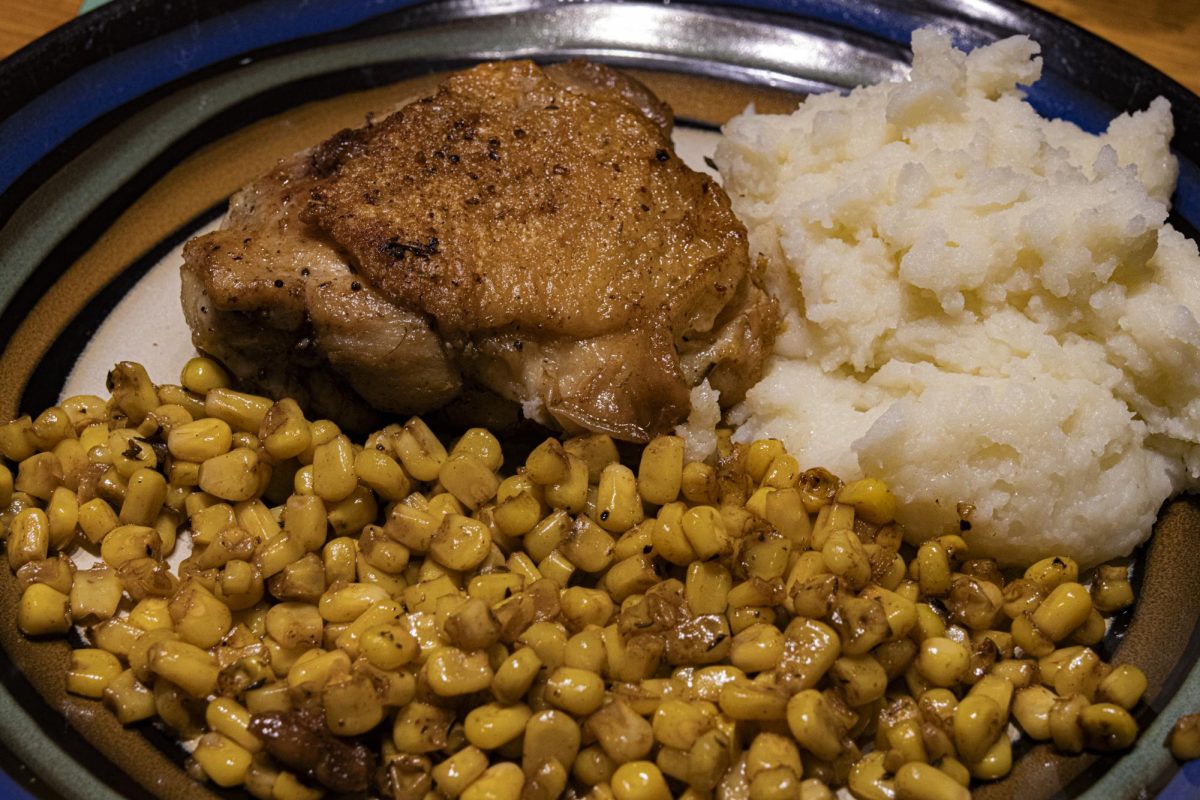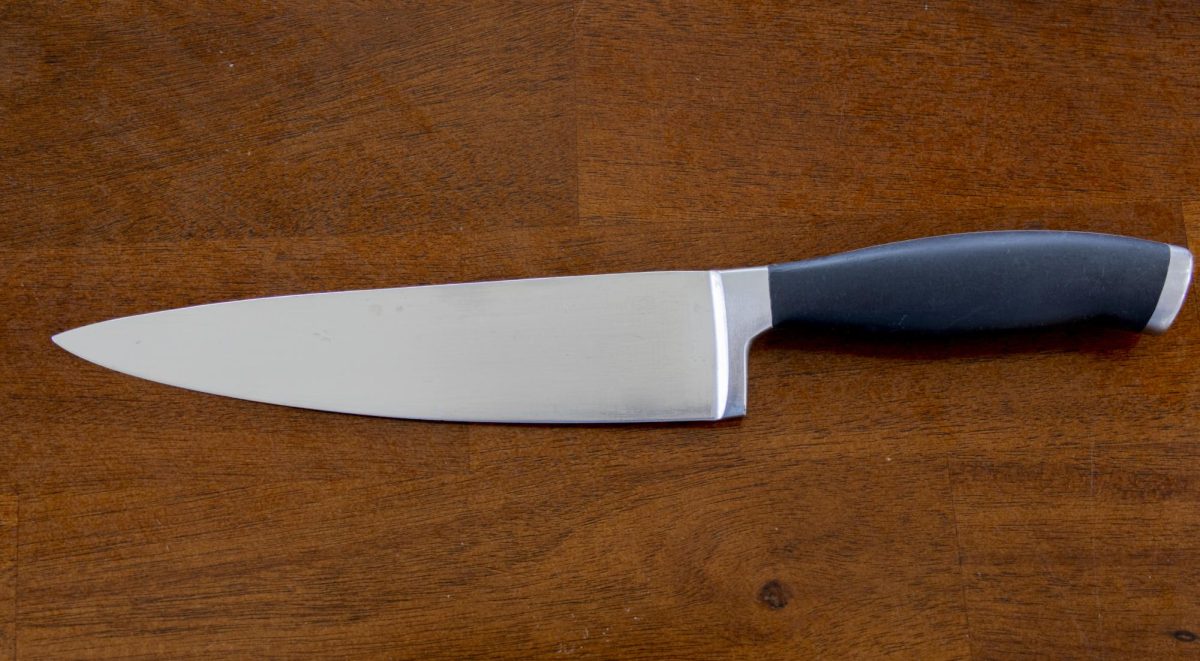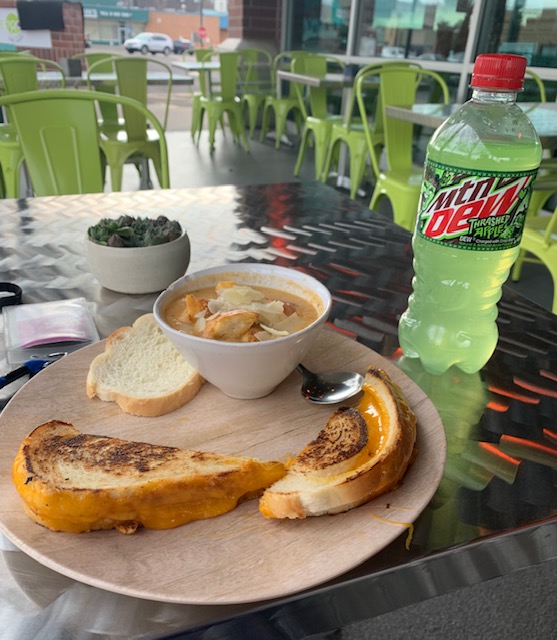Hello Chefs!
Let me start by clarifying one thing: I love food. I love eating it, cooking it, and the alluring smell that wafts through the air when a baker cools their freshest bread. However, as you are all aware, eating well is neither a cheap nor convenient endeavor, and trying to be either negates the other. For myself, and may I daresay many readers of this article, I have neither the time nor money to engage with them appropriately.
Thus, we are reduced to the least common denominator: Can I get a standing ovation for instant ramen noodles? But fret not my hungry peers; there is hope yet. There are ways to get your price-per-meal (PPM), low enough that you can enjoy a hearty, nutritious meal for cheaper than a 2-for-whatever at your local fast food joint.
My name is Andrew Richards, and I’m a journalism major here at Arapahoe Community College. In my out-of-college work, I have accumulated a range of experience in grocery and food production. This experience gives me insight into industries’ tips and tricks: how they keep costs down to maintain profits and how we can implement those in our daily lives to maintain our budgets, both in time and money.
I will not sit here and lie to you; this process is not easy. It requires practice; you will fail, and you will literally eat your mistakes in this pursuit. That’s okay! In fact, it will make you a better cook. What we can’t learn from success is taught in failure.
The best way to start this process is by making a simple, replicable recipe on which you can practice these techniques. This can differ for each person, but this is where I started.
Chicken Thighs with Canned Vegetables and Instant Mashed Potatoes
Chicken Thigh – Bone-in skin-on chicken thigh works the best for this recipe. Some of you may be asking, ‘Why not the breast?’ The thigh is more flavorful, tender, and cheaper than the breast. Many of our countrymen would rather pay the money than be confronted with the fat and bones within a protein. Still, in this process, we must learn to charge headlong into the things that others so often forget about and reap its financial benefits (more to come on food price and bulk-shopping!).
Take a skillet; if you’re cooking for only one person, it doesn’t have to be much bigger than one large thigh or two small ones. Pre-salt the aforementioned portion by generously salting the meat, ensuring the space between the skin and the meat is also salted, before letting it rest for about thirty minutes at room temperature. This will allow the meat to absorb the salt and get closer to the ideal cooking temperature.
After taking thirty minutes to catch up on homework, put a small amount of oil in the skillet—just enough to see it crawl across the pan when you tilt it and let it heat to a shimmer. The temperature you set your stovetop to depends on your device, but medium to medium-low is typically a good place to start. The oil should sizzle when you place the thigh in, but not explosively. Just before putting the chicken in, sprinkle it with black pepper and garlic/onion powder if you like.
Let the chicken cook skin side down until it naturally detaches from the pan, then turn it every minute or so, allowing a strong sear to form on all sides until it reaches an internal temperature of 155 degrees Fahrenheit. Add a small amount of butter and dried or fresh herbs (I usually like rosemary, thyme, or basil) to the pan and baste it until it reaches an internal temperature of 160-165F.
You’ll have to use a meat thermometer to confirm this. Make sure you check in the thickest portion of the thigh and don’t hit the bone, which will be much cooler than the rest of the cut. Pull the chicken and let it rest. The internal cooking process is still ongoing, and by the time you are ready to eat it, it will be at a perfect temperature of 165F.
Canned Vegetables – Drain the liquid from a small can of sweet corn kernels, green beans, or any other canned vegetable you like. Then, reduce the heat on the pan you cooked the chicken in down to low and cook them for a few minutes in the remaining liquids, giving them a lot of flavor while still providing your necessary fiber.
Instant Mashed Potatoes – I can already sense the chuckles with this one, but hear me out. Part of eating well is utilizing convenience when we can. Sure, you can peel, boil, chop, rice, and mix your own batch, and they would be fabulous, but that takes a considerable amount of time and energy that we often simply don’t have to spare. Instant mashed potatoes aren’t winning Michelin Stars any time soon, but reputable brands are little more than dehydrated potatoes. Follow the recipe on the box until you are comfortable enough to tweak it; personally, I prefer slightly more milk with a heavier scoop of potatoes.
With some practice, this recipe will take no more than an hour to complete, including pre-salting time. It’s a nutritious and delicious meal that has carried me through many bleak days. The ingredients are easy to procure and, above all else, can be bought cheaply. In later segments of this column, we will talk about how to drive those costs down even further with bulk shopping and meal planning. However, the next segment will be about the two most essential things in a kitchen: equipment and safety!
Keep cooking!










